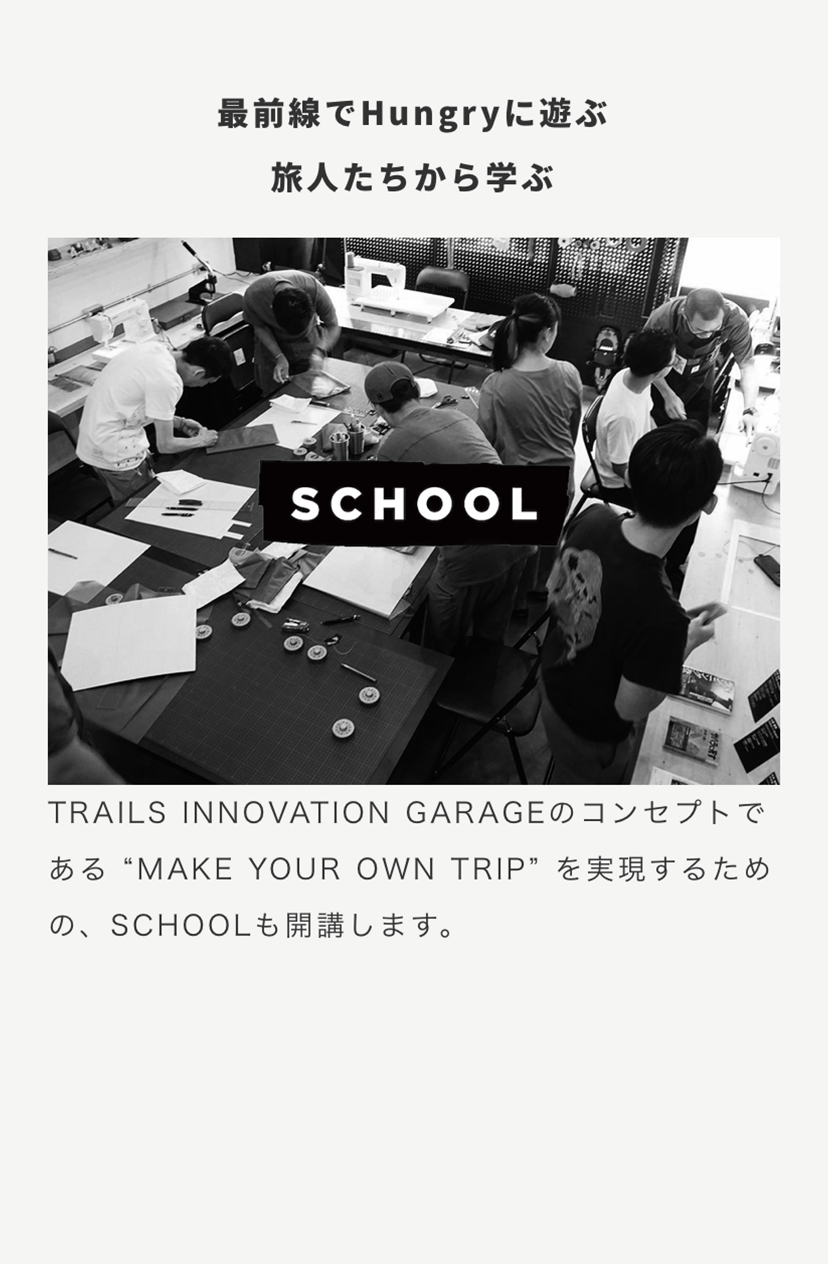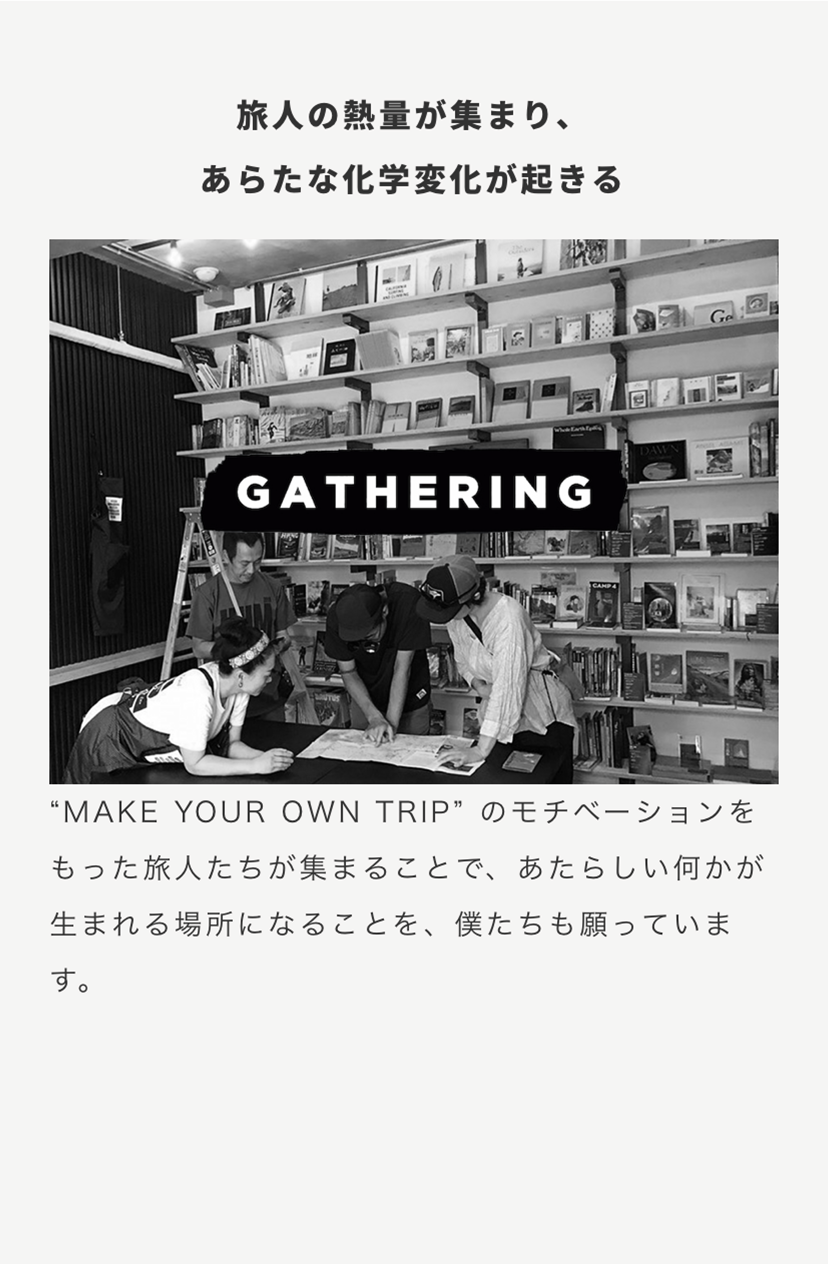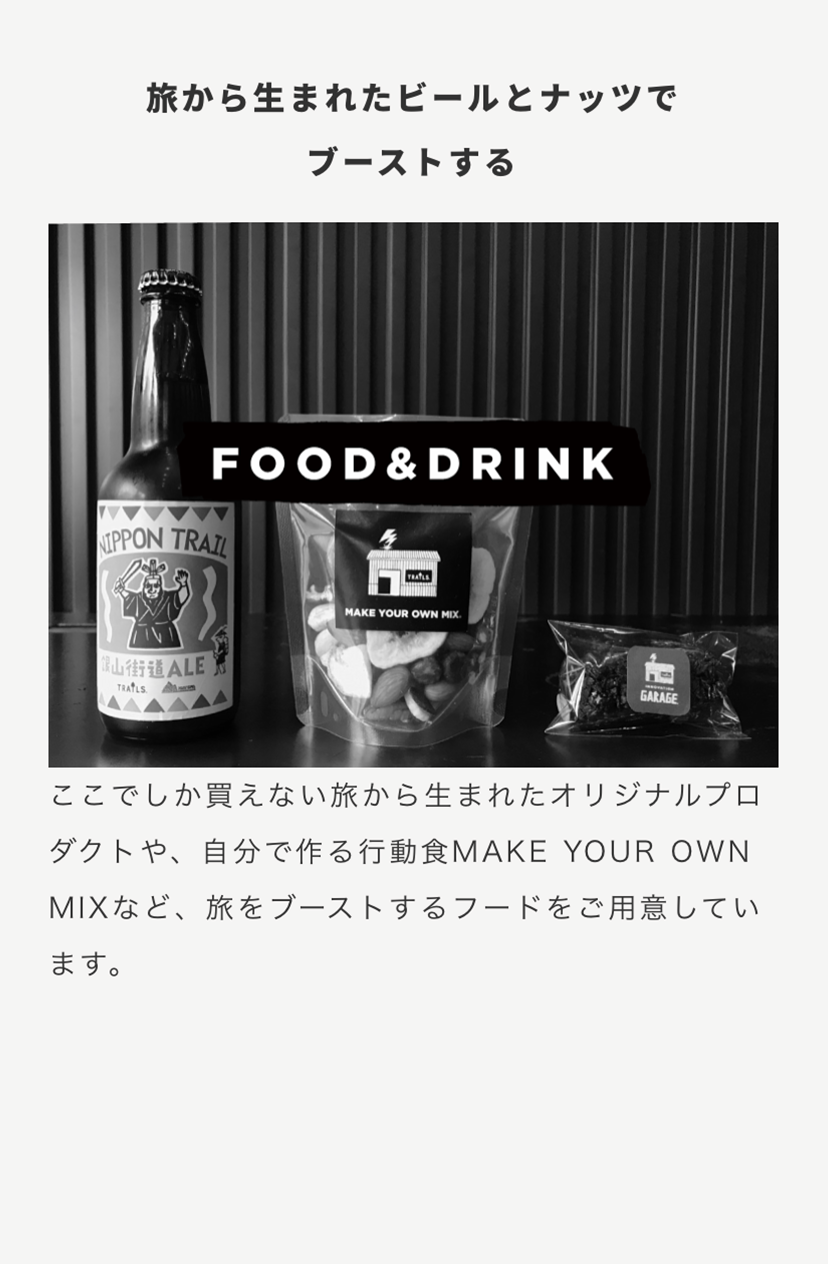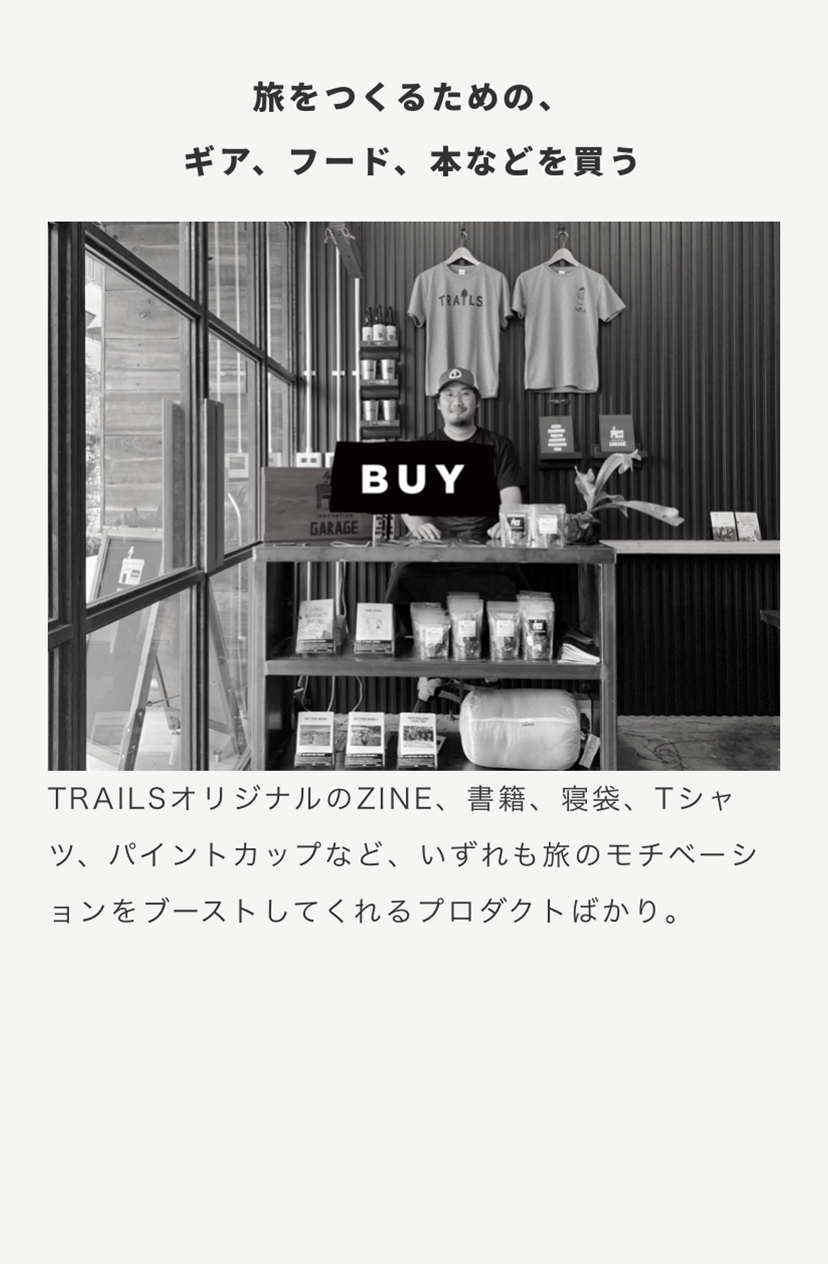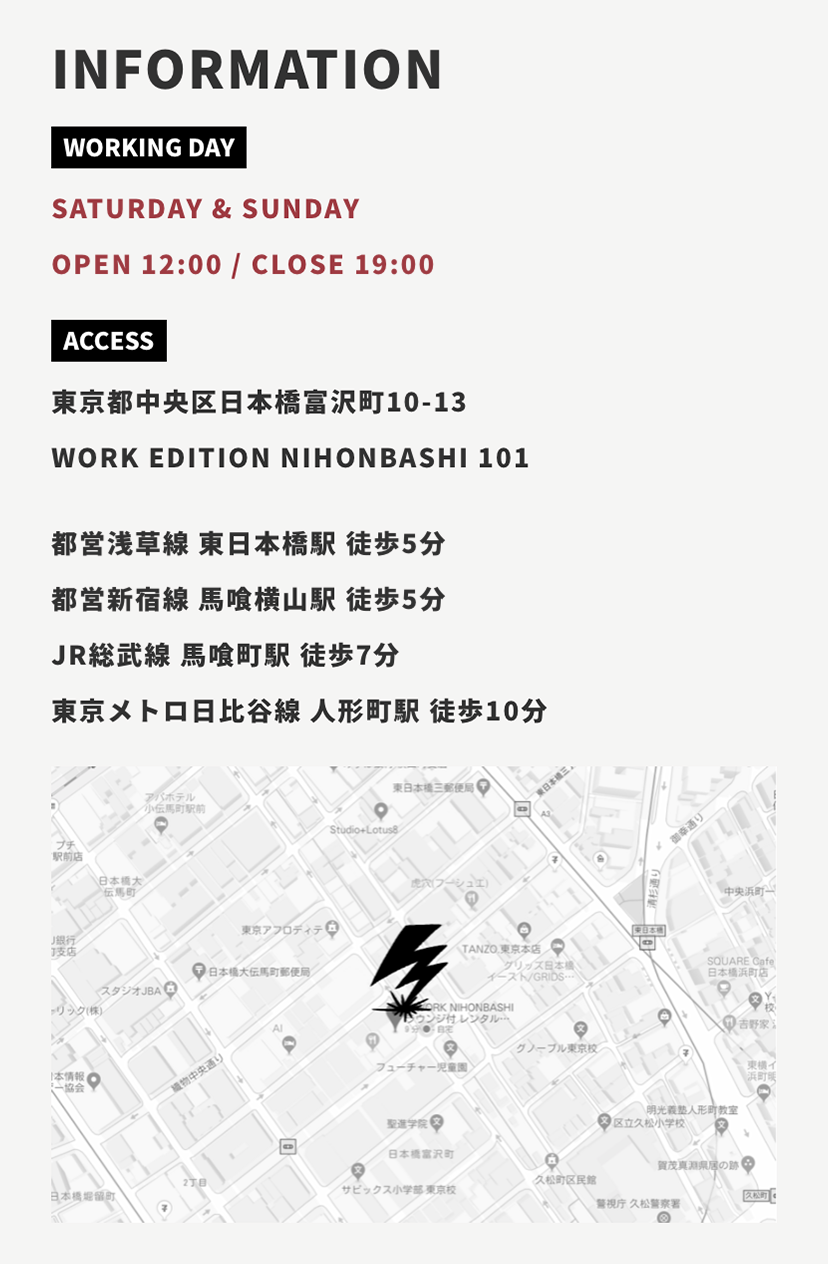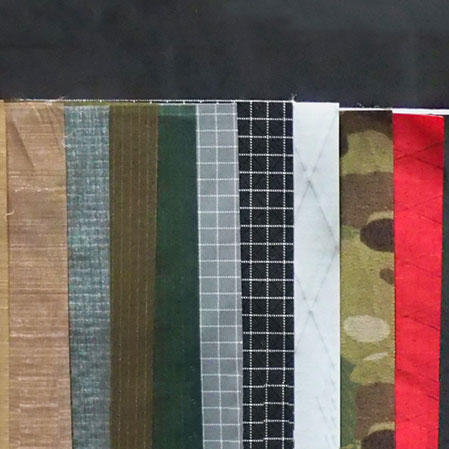リズ・トーマスのハイキング・アズ・ア・ウーマン#13 / シエラでクマから食料を守る方法 <その1>クマとハイカーの関係
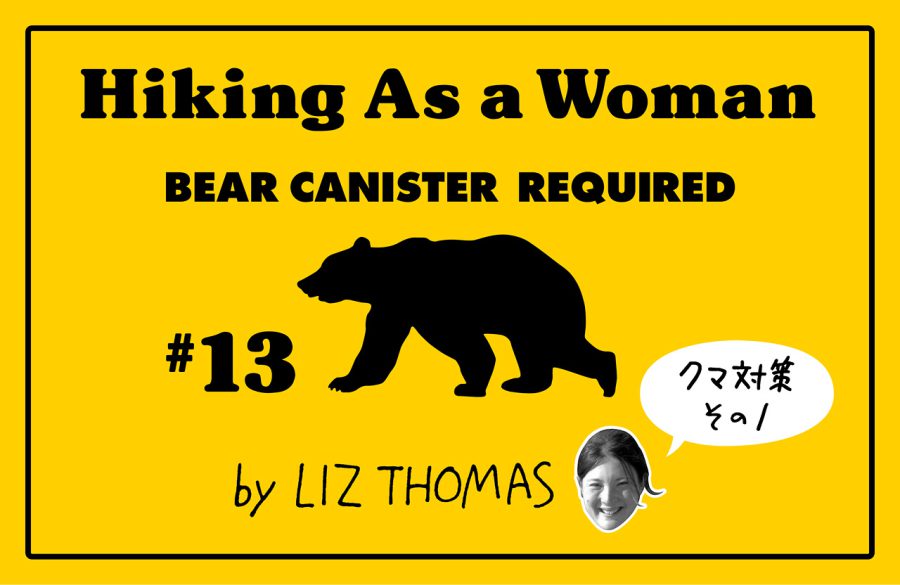
The John Muir Trail and Pacific Crest Trail are among the most popular hiking trails in the world, but have a dangerous problem. Both trails take hikers through the Sierra Nevada mountain range, which is home to some of the world’s smartest black bears. After living in the Sierra Nevada for three summers, I know too well the damage a hungry bear can do. It’s one reason I chose to be bear-cautious when thru-hiking the Pacific Crest Trail and John Muir Trail. The National Park Service created laws to protect bears from food and humans from bears. But these rules are often confusing, especially for hikers visiting from overseas. This article will address tips for camping in bear country, gear to keep food safe from bears, and how hikers living outside of the US can prepare for backpacking around black bears.
First, some history about black bears in the Sierra Nevada, specifically Yosemite National Park
There aren’t many dangerous animals on the PCT or JMT: black bears, mountain lions, snakes, and several insects. But while most thru-hikers may never see a mountain lion, the majority of PCT hikers see a black bear at least once on their thru-hike.
Not every bear is dangerous. But black bears in the Sierra Nevada have learned ways to steal food from hikers. Sometimes, in the quest for food, bears become violent towards humans.
Over many generations, black bears in the Sierra Nevada have learned to associate humans with food. In the 1930s, the Park Service created a bear feeding system in Yosemite National Park. It attracted tourists, who could watch bears close up.
Mother bears would teach cubs to eat the food that humans fed them. Then, when the practice ended in 1940, the bears still associated humans with food. Bears are intelligent animals. They had changed their eating behavior to eat the easiest-to-obtain food. When the Park Service no longer fed them, the bears found the humans that had food: campers and backpackers. Bears expanded their natural range to higher elevations hoping to find hiker camps filled with food.
Aggressive bears have attacked humans, their tents, and even their cars in the search for food. When I lived in the Sierra Nevada, a bear broke the window of my car and ate part of my car seat. That same year, a local bakery reported $10,000 worth of damage after a bear broke into their kitchen. Sometimes, park rangers will euthanize a bear that has hurt humans or property. That’s why the Park Service says: A fed bear is a dead bear. Bears that associate humans with food may hurt humans or their property to get food. Sometimes, that means bears are killed before they can pass on those skills to cubs.
The National Park Service concluded that when bears don’t associate humans with food, the less bear-human conflict there will be. Several decades ago, the Park Service created rules for hikers and campers traveling in bear country that would minimize the chances that bears could get to food. Each time a bear eats human food, the bear gets a reward for taking food from humans. If the rangers could stop the bears from being rewarded from eating human food, maybe bears would leave humans alone.
Bear regulation geography for thru-hikers
It seems like every year, the National Park Service refines their rules on how backpackers should properly store food away from bears. That’s one reason why the bear country rules can be difficult to understand, especially for hikers from overseas. In this section, I will break it down into important rules.
First, some geography. For 314.7 miles, PCT thru-hikers travel from Kennedy Meadows (mile 702.2) to Sonora Pass (mile 1016.9). This section of the PCT visits Kings Canyon National Park, Sequoia National Park, and Yosemite National Park, as well as Inyo, Sierra, and Humboldt-Toiyabe National Forests. These are some of the most spectacular parts of the PCT. But these are the areas where there are the most bears and the most stringent rules about protecting food from bears. This area also has the most rangers who can ticket and fine thru-hikers who are not following the rules.
Bear canisters: the thru-hikers’ bear protection for the Sierra
A bear canister is a hard-sided plastic miniature barrel. Bears cannot crush the side of the bear canister. The lid screws on or locks in a way that requires opposable thumbs—so bears cannot get the lid off if attached correctly.
Bears in the Sierra are among the smartest anywhere in the world. They have learned how to open older models of bear canisters. That’s why not all bear models of bear canisters are legal to use in the Sierra Nevada.
Here is a list of approved bear canisters in the Sierra Nevada.
https://www.nps.gov/yose/planyourvisit/containers.htm
Note that this list changes, so even if your friend’s bear canister was approved last year, it may not still be legal to use this year.
It’s ok if your food isn’t stored in a bear canister while you are hiking during the day. But if you take a nap or step away from your pack for a few minutes, then your food needs to be in the closed and locked bear canister. The bear canister only protects bears from your food when it is closed and locked. The Park Service rules state that food must never be more than an arm’s distance away from an awake human unless it is in a closed and locked bear can.
When you camp at night, store the bear canister 25-50 feet from your tent. Some hikers put their pots and pans on top of the bear canister as an “alarm” if a bear tries to move the bear canister. It’s possible a bear could knock the bear canister off a cliff or down a river, so find a spot that looks secure.
- « 前へ
- 2 / 2
- 次へ »
TAGS:

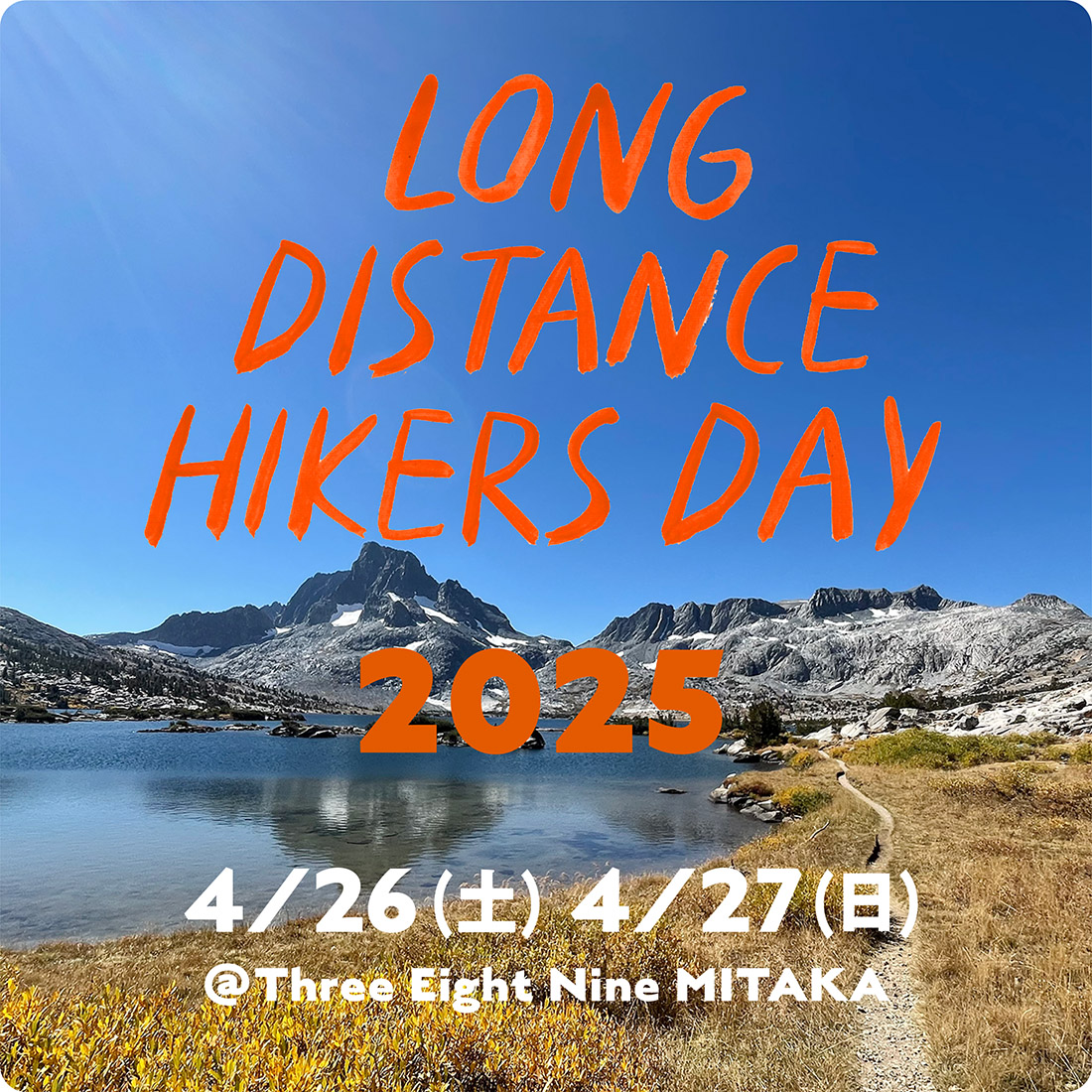
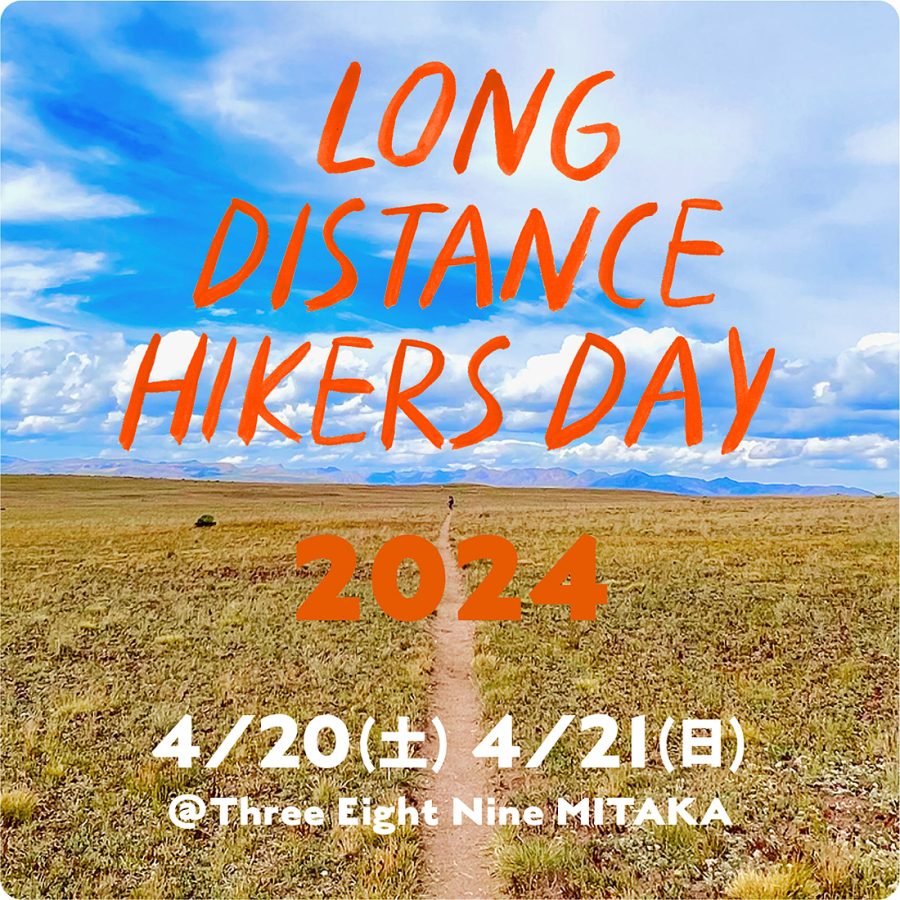
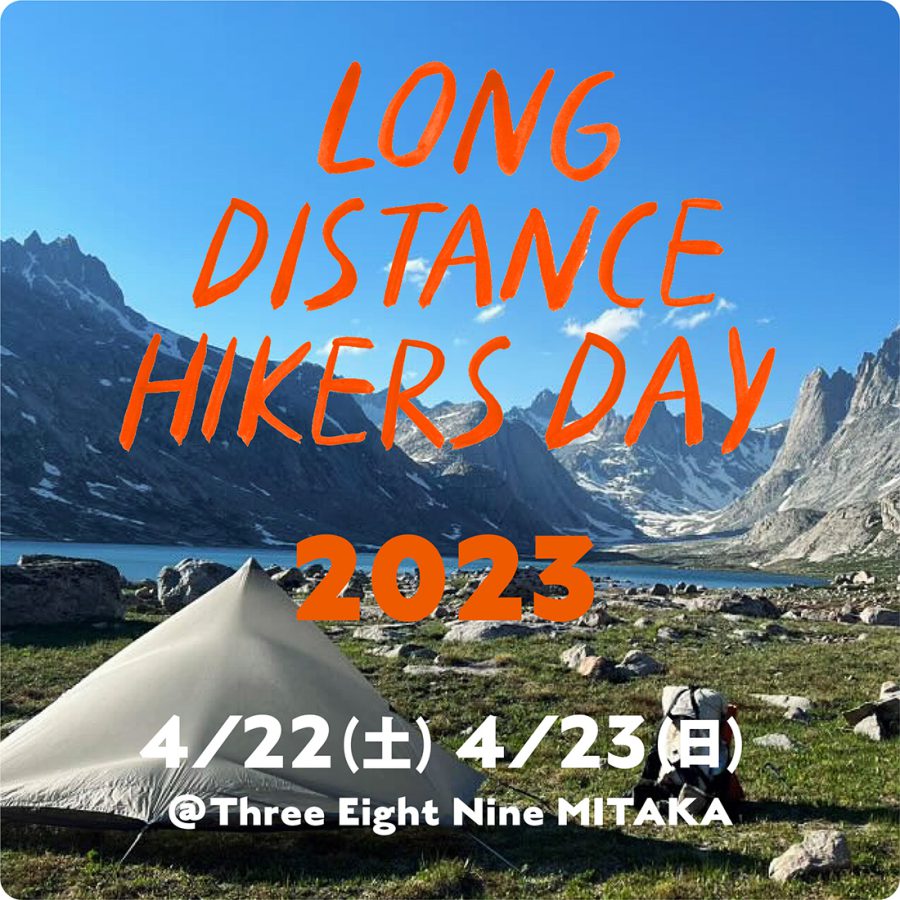



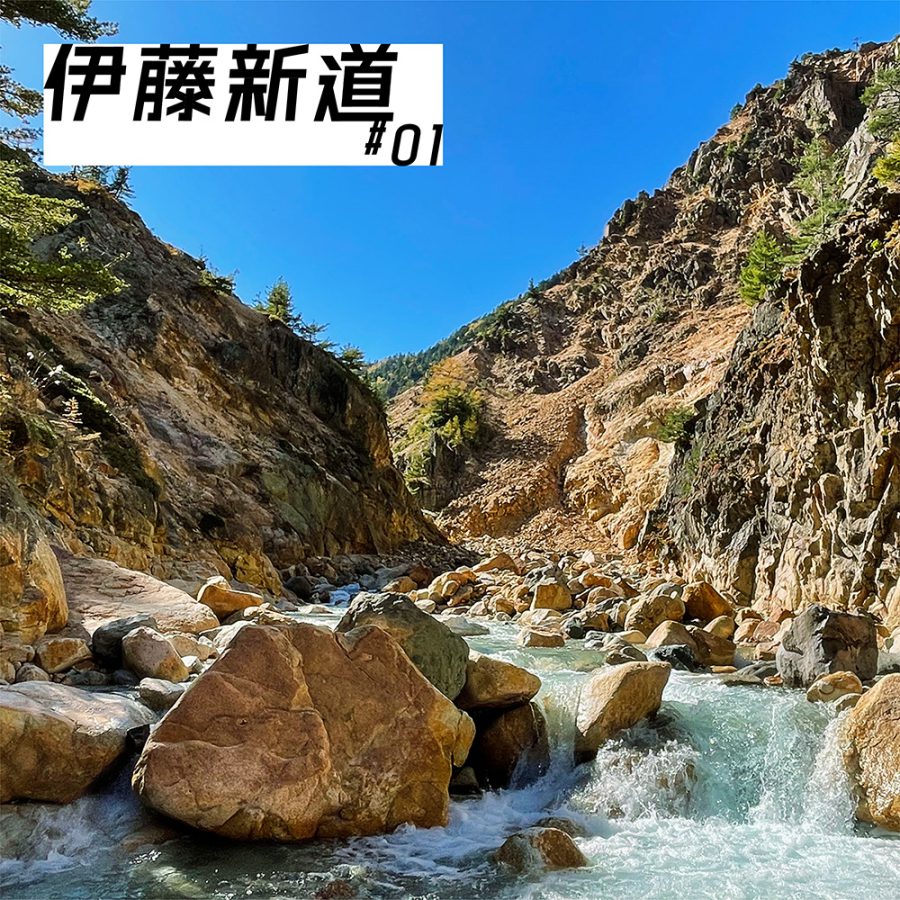
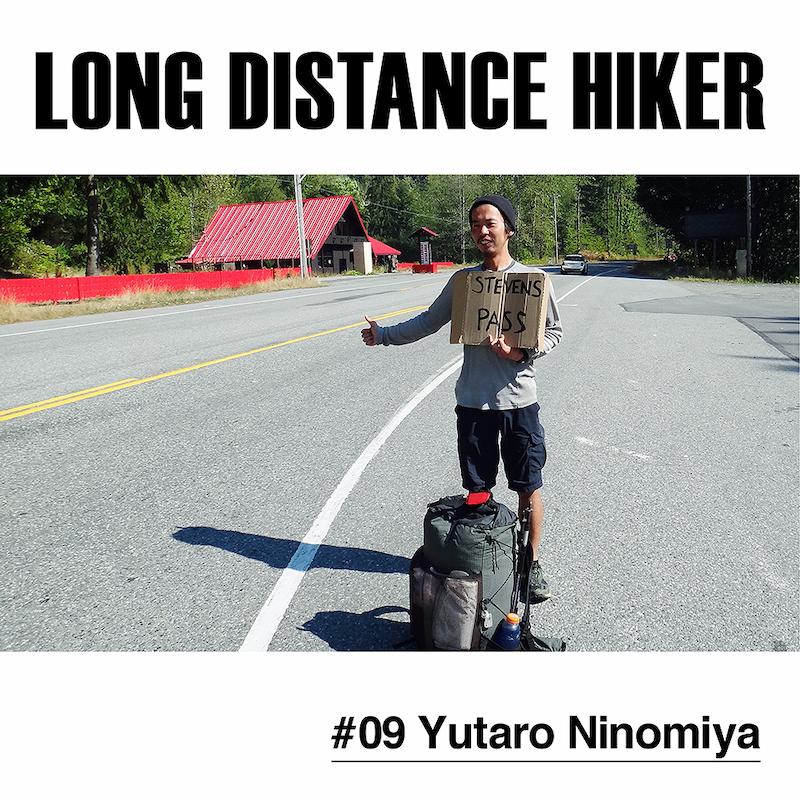
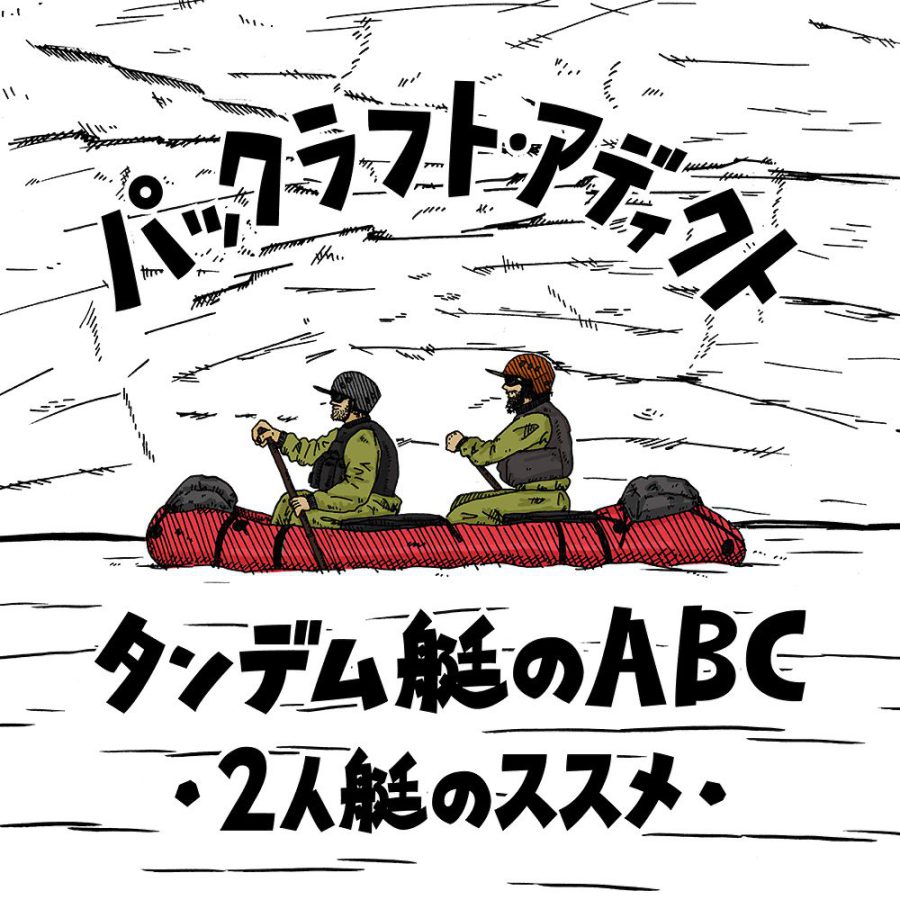
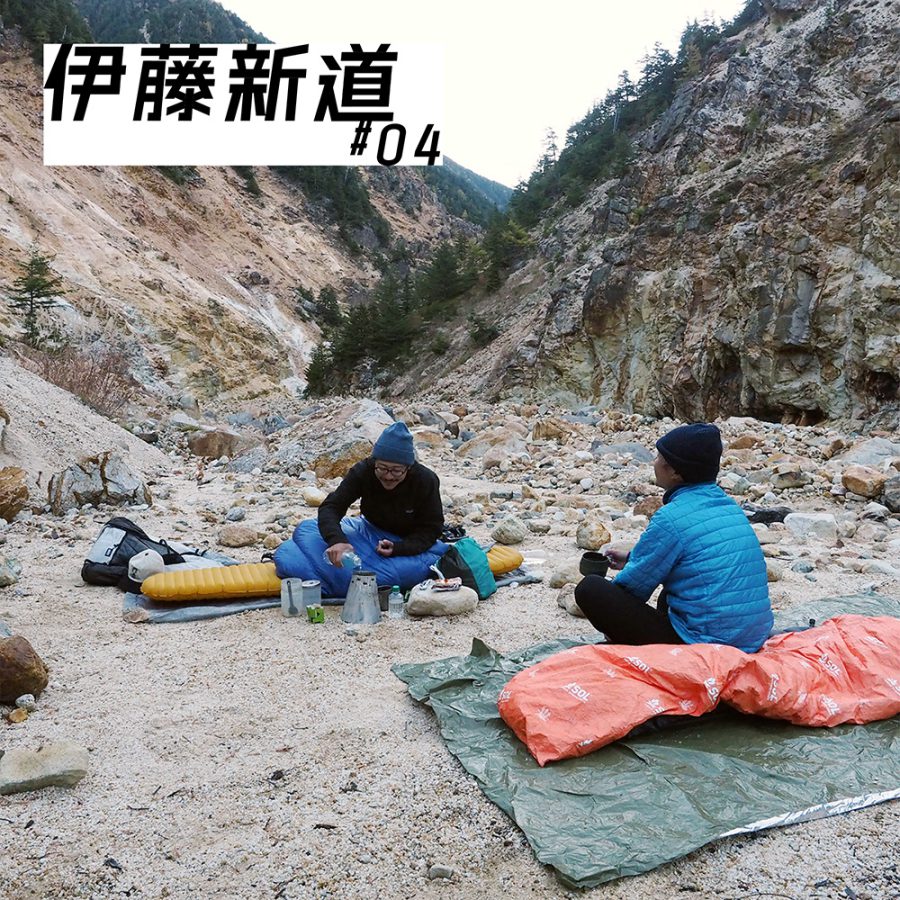
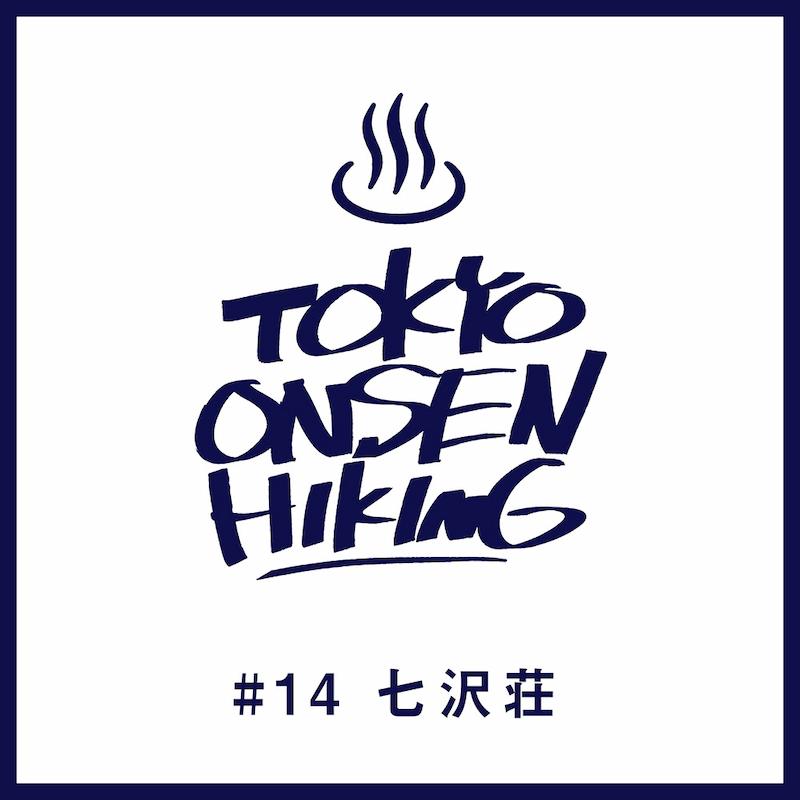

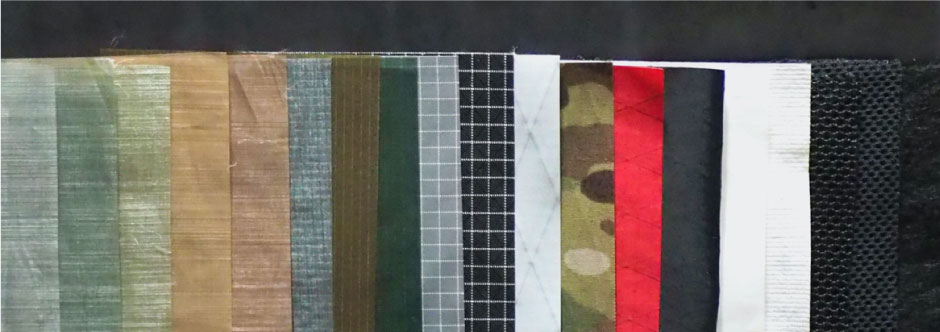
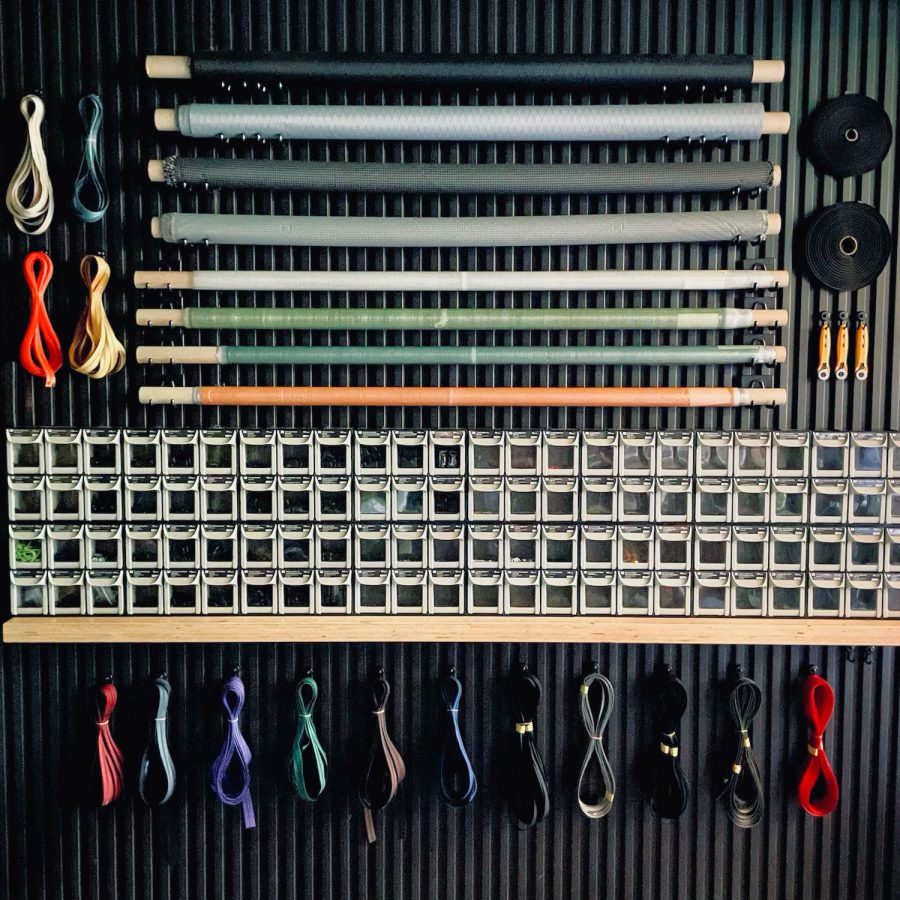 ULギアを自作するための生地、プラパーツ、ジッパー…
ULギアを自作するための生地、プラパーツ、ジッパー… 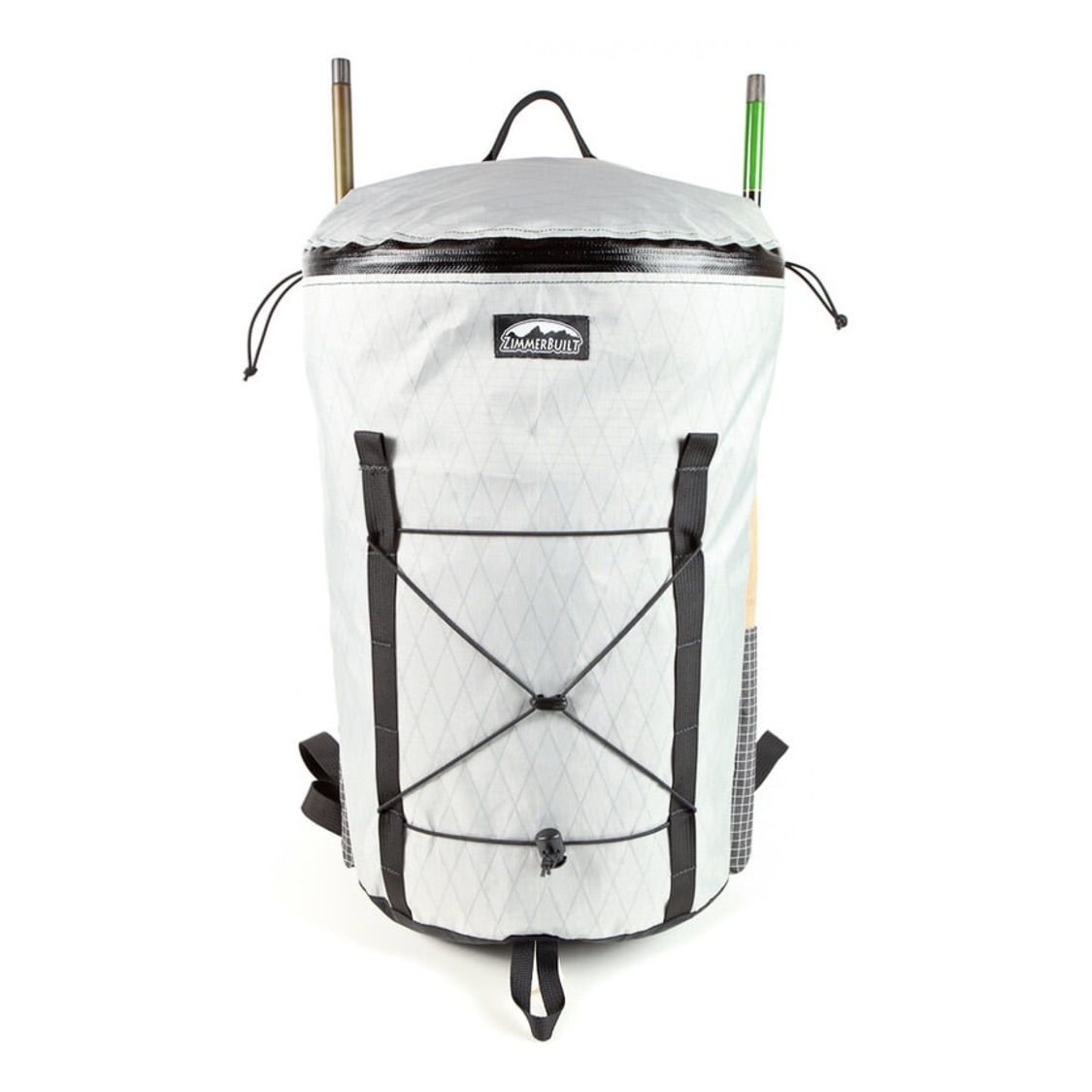 ZimmerBuilt | TailWater P…
ZimmerBuilt | TailWater P… 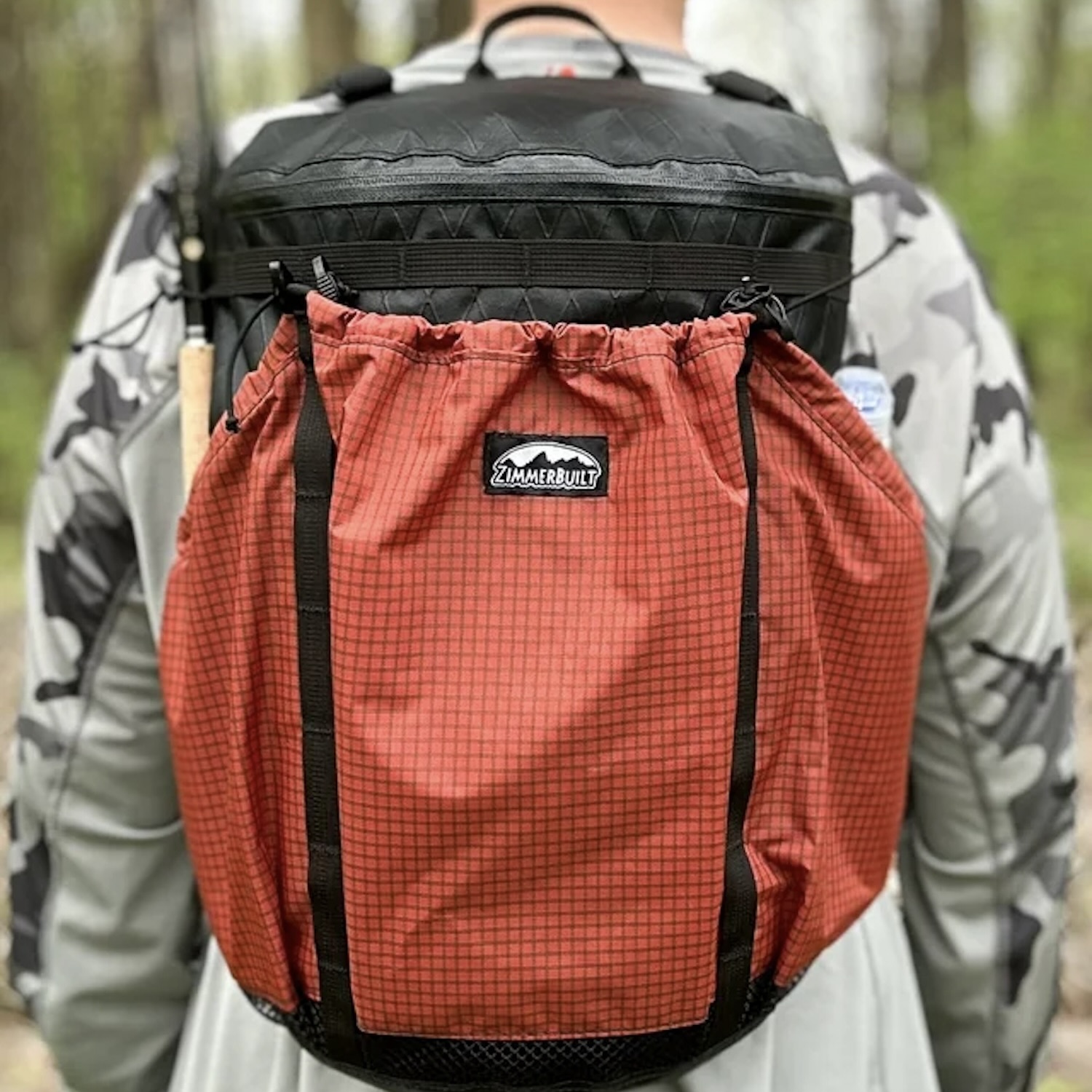 ZimmerBuilt | PocketWater…
ZimmerBuilt | PocketWater… 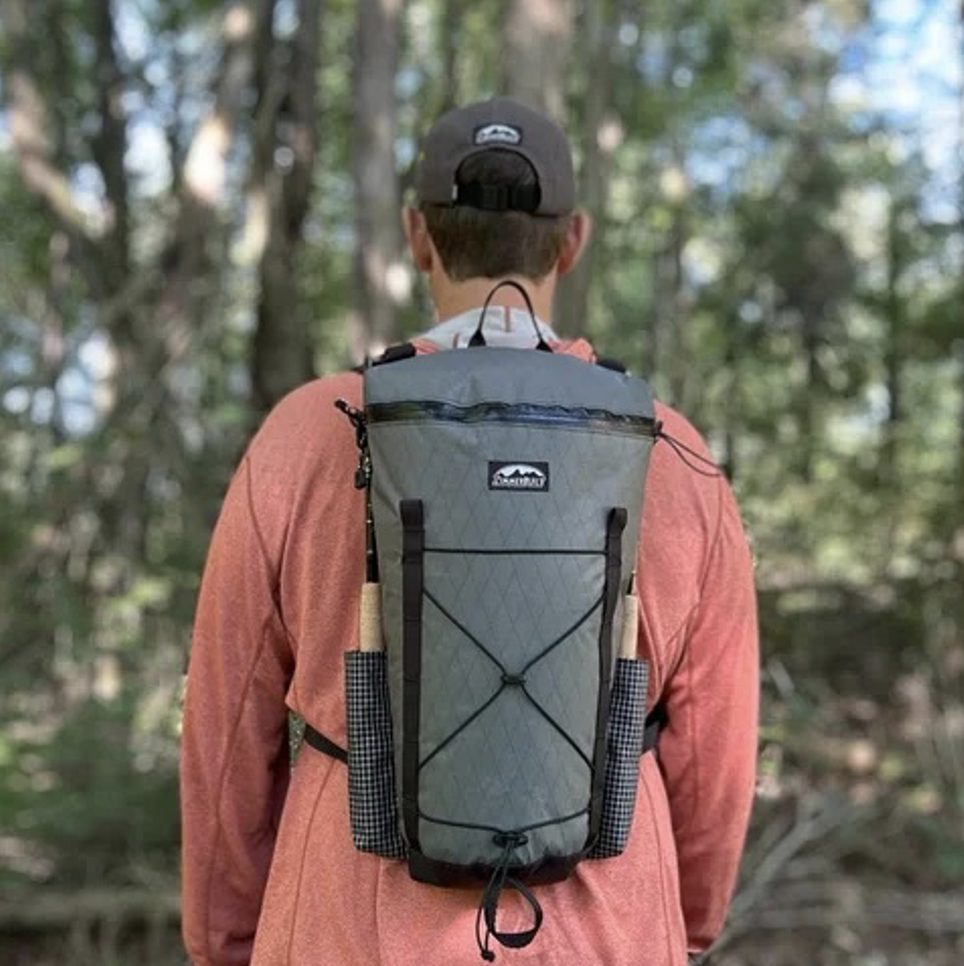 ZimmerBuilt | DeadDrift P…
ZimmerBuilt | DeadDrift P… 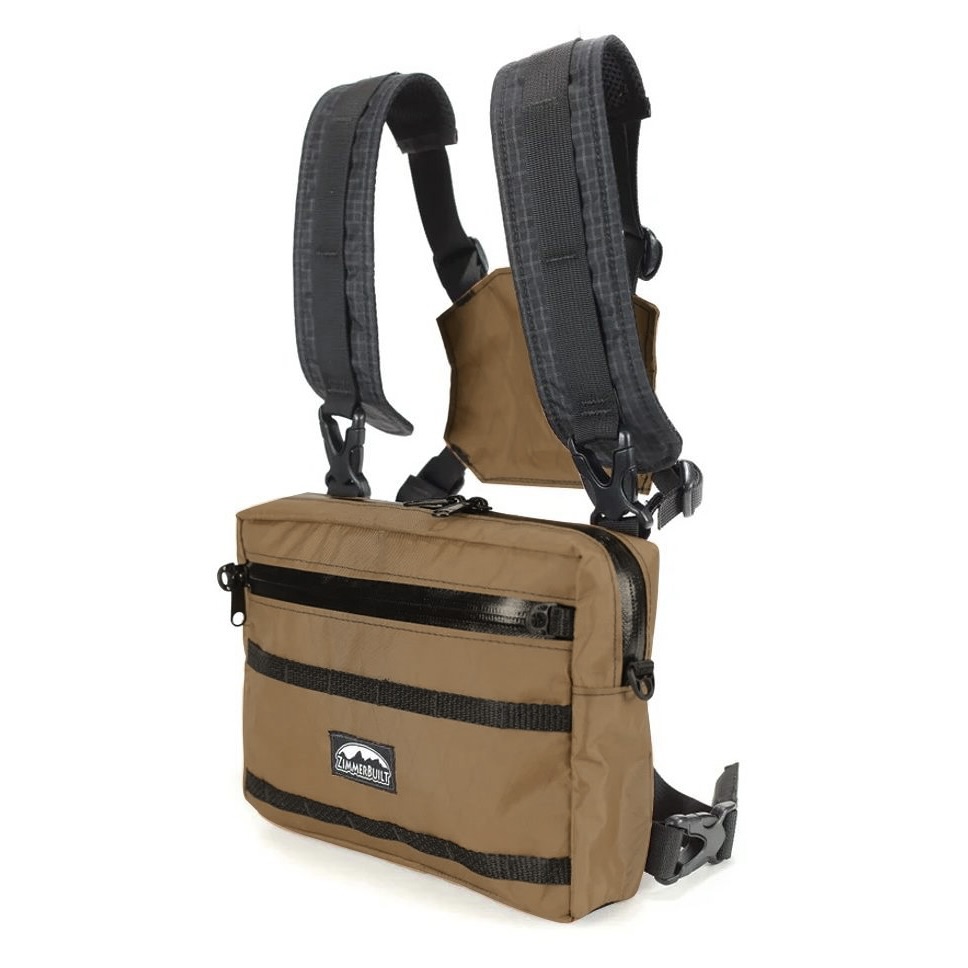 ZimmerBuilt | Arrowood Ch…
ZimmerBuilt | Arrowood Ch… 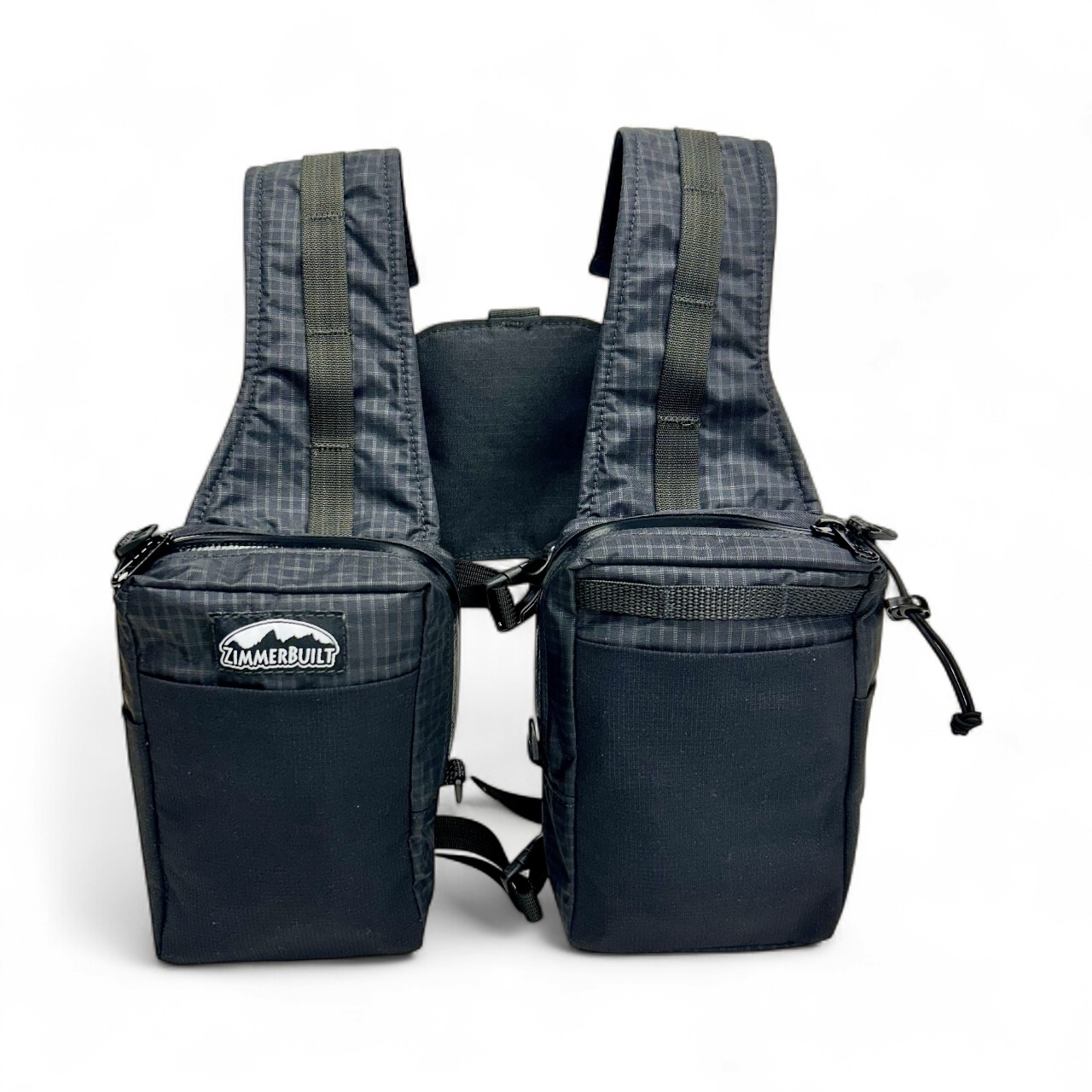 ZimmerBuilt | SplitShot C…
ZimmerBuilt | SplitShot C… 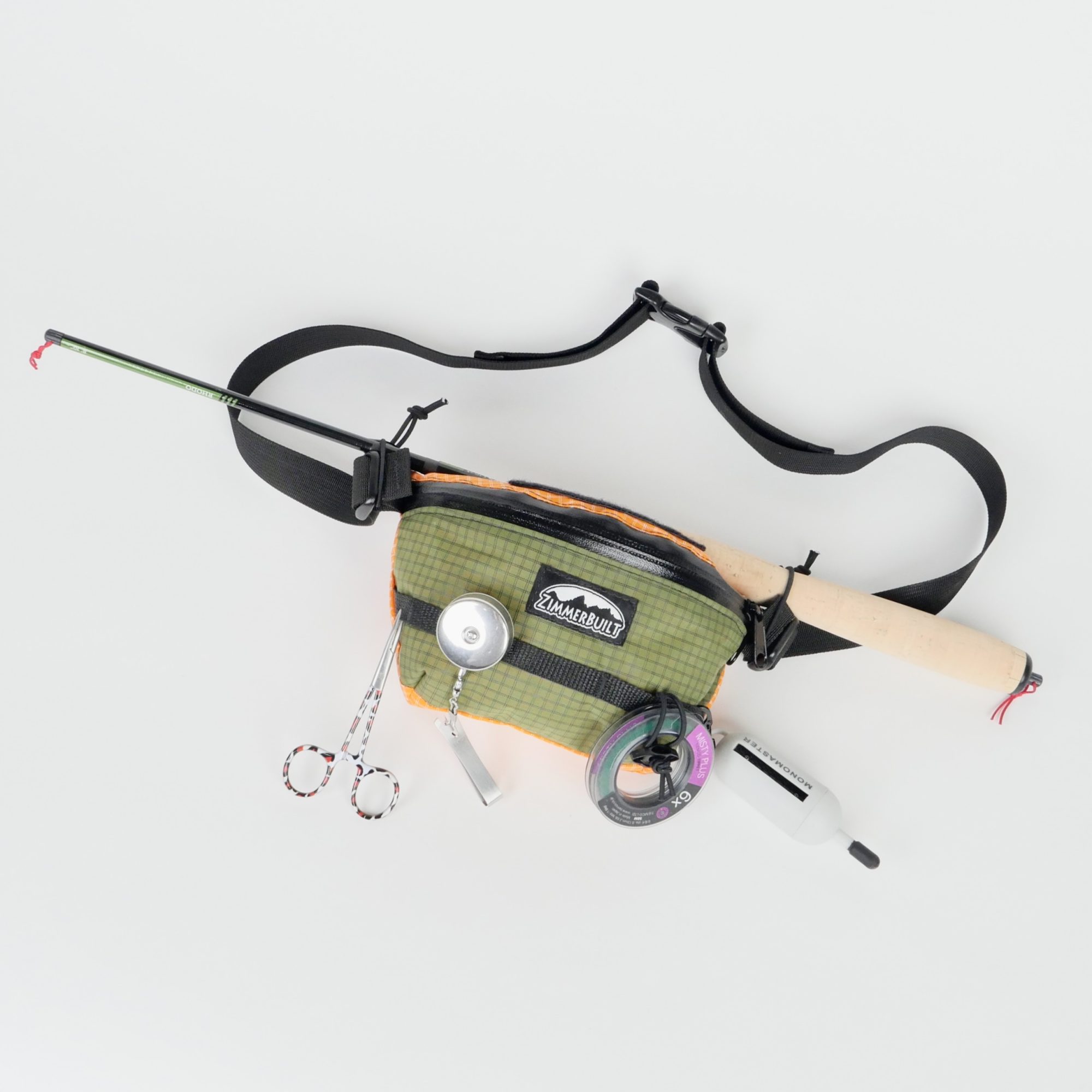 ZimmerBuilt | Darter Pack…
ZimmerBuilt | Darter Pack… 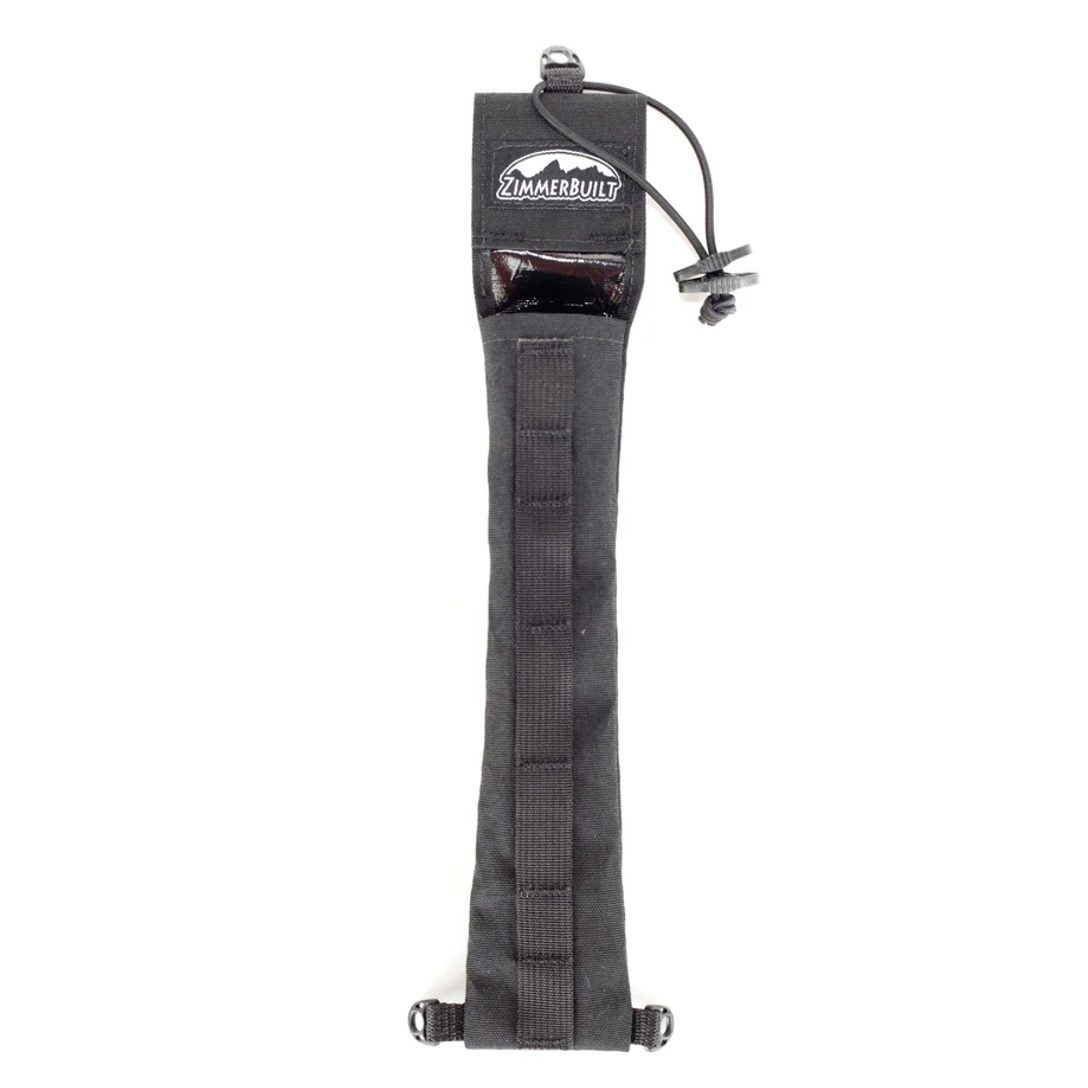 ZimmerBuilt | QuickDraw (…
ZimmerBuilt | QuickDraw (… 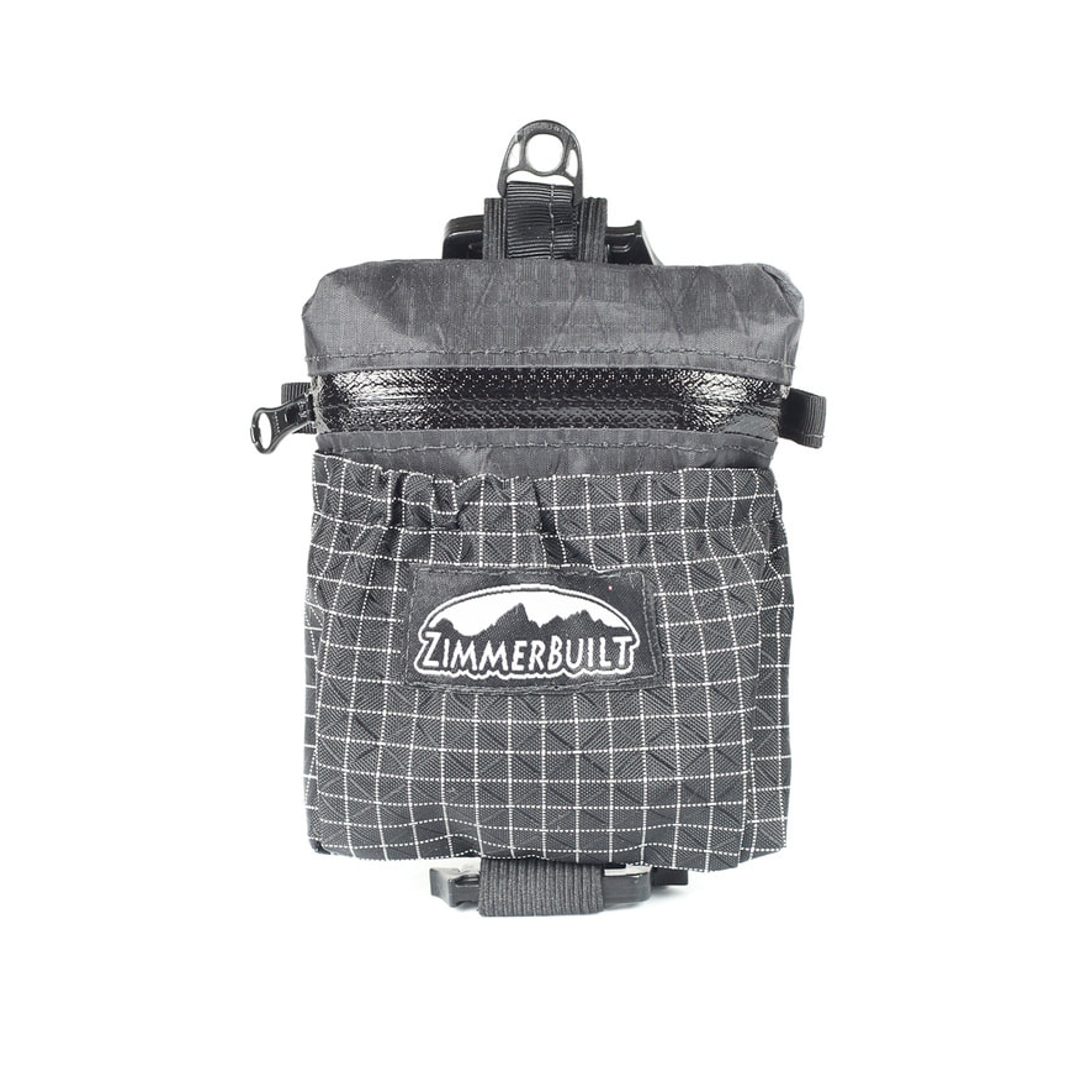 ZimmerBuilt | Micro Pack …
ZimmerBuilt | Micro Pack … 



